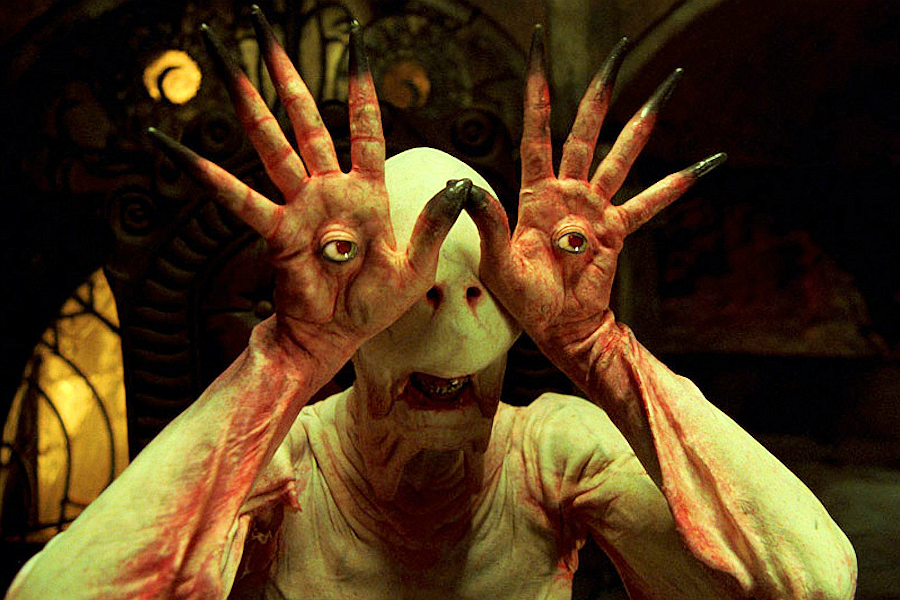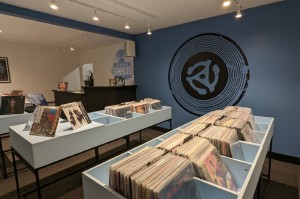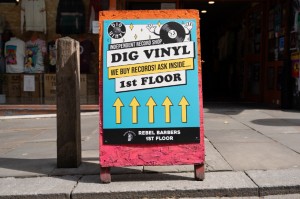Soundtrack To Your Dinner

Fancy a film soundtrack with your flat white? Thanks to The Garden cafe at FACT, now you can, says Stephanie Kehoe…
Beginning on Wednesday 5th of June, The Garden at FACT plays host to a new regular project titled Soundtrack. Each week the café, which is run by neighbouring LEAF, will play in full the soundtrack of some of the most influential and memorable films of the past couple of decades.
It makes for a great reminder on the importance of music within film, how it influences our emotion and is a key role in the production and experience of film. Kicking things off is the soundtrack for Guillermo del Toro’s Spanish fantasy spectacle Pan’s Labyrinth. Released in 2006, Pan’s Labyrinth took the world by storm, winning, most notably, Academy Awards for the Best Art Direction, Best Cinematography and Best Makeup.
Javier Navarrette, the mastermind behind the score, won critical acclaim on its release (and was also nominated for an Academy Award despite much of the score having been trimmed from the film’s final edit), and based the entire soundtrack around Mercedes’ Lullaby, a haunting mix of strings, piano and an accompanying voice which softly hums the main tune of the song.
It makes for a great place to start, but it must have been like putting a pin in a map: the history of the movie soundtrack is a long and storied one, after all. Technological advances in the early twentieth century allowed sound to be added to film, meaning the musical element of feature length film became an increasingly important aspect of the production; never truer than in contemporary film, where composers battle it out to create the most original and memorable soundtrack.
This culture was birthed when the Talkies fast-developed into musicals around the 1940s and ‘50s: The Wizard of Oz (1939), Singin’ In the Rain (1952), Gentlemen Prefer Blondes (1953) – and countless others – were abundant around this time. For each of the actors and actresses who took up roles within the different musicals – this was brave new world territory, remember – it led to them being associated with specific songs for the rest of their lives.
For a great example of this phenomenon, you can’t look further than Marilyn Monroe. Perhaps the most infamous/memorable character Marilyn played was Lorelei Lee in Howard Hawks’ Gentlemen Prefer Blondes (1952). In this huge commercial success, Monroe – of course – sings Diamonds Are a Girl’s Best Friend; to this day it is inextricably associated with the iconic actress, and regularly given new life contemporaneously, through contemporary projects such as Baz Luhrmann’s Moulin Rouge! (2001) and (inevitably perhaps) luxury fashion adverts from Emporio Armani. Proof, if any were needed, of just how vital a soundtrack is in keeping the memory of a film alive and current.
The soundtrack has become an increasingly commercial concern, being released on vinyl, CD and, now via digital downloads, allowing people to listen to at will. The first commercially available soundtrack? Walt Disney’s 1938 Snow White and the Seven Dwarfs. This lead to soundtrack distribution, meaning that these days, it is very unlikely that a film will not release the score or soundtrack for the general public to be able to get their hands (and ears) on.
What the Soundtrack programme at FACT does is to treat visitors to a free experience where they can enjoy the discovery of – or revisit – a great score or soundtrack in the surrounds of The Garden cafe, food and drink on tap. Unfortunately, unlike the night itself, you have to pay for those!
The Garden by LEAF play a different film soundtrack in its entirety each Wednesday @ 7.30pm





